.jpg)
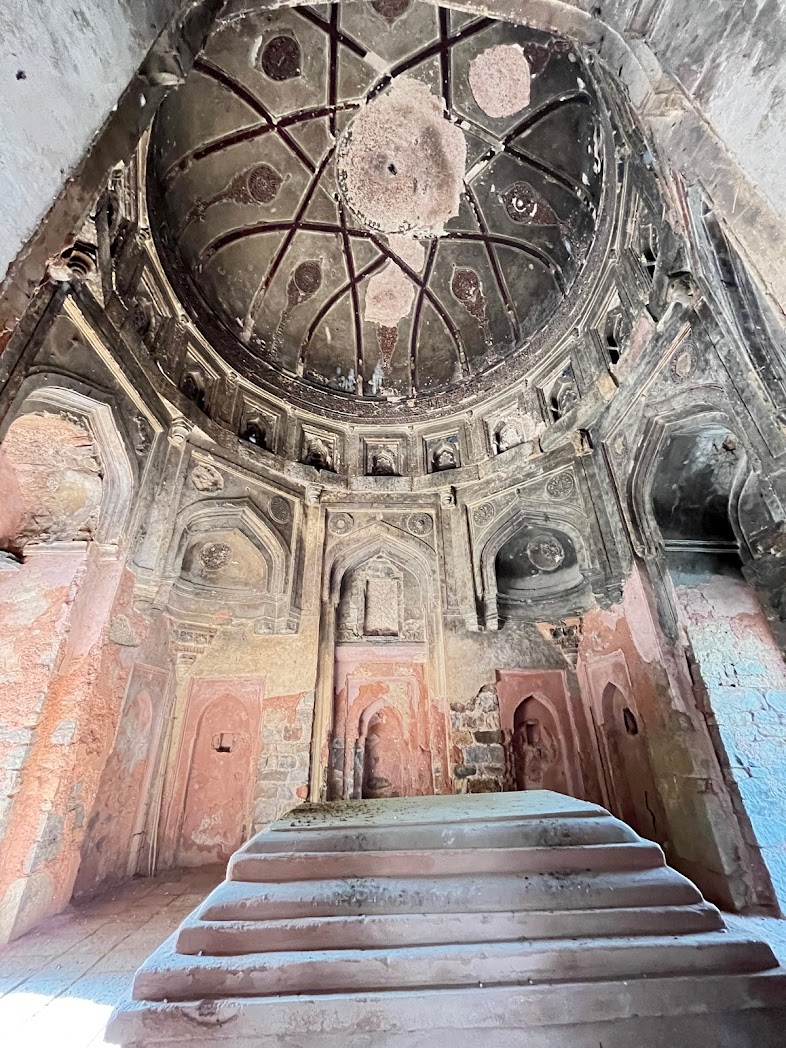
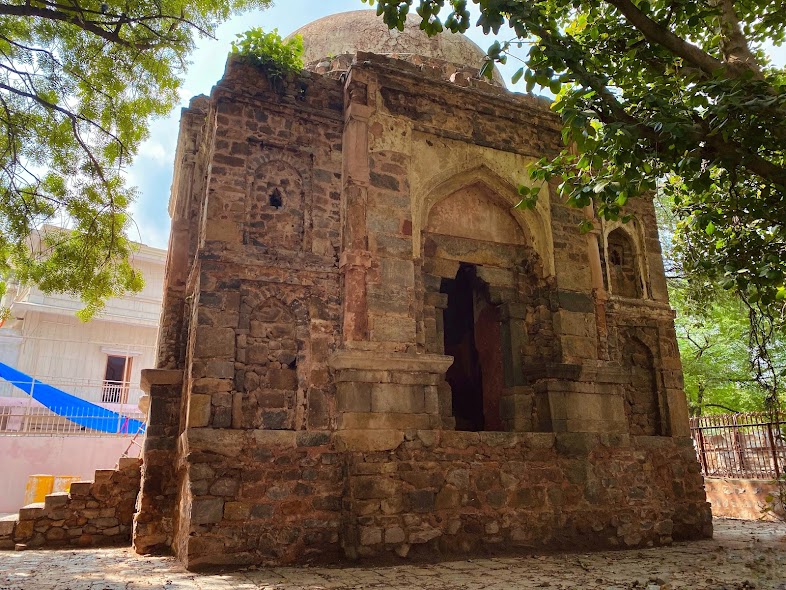
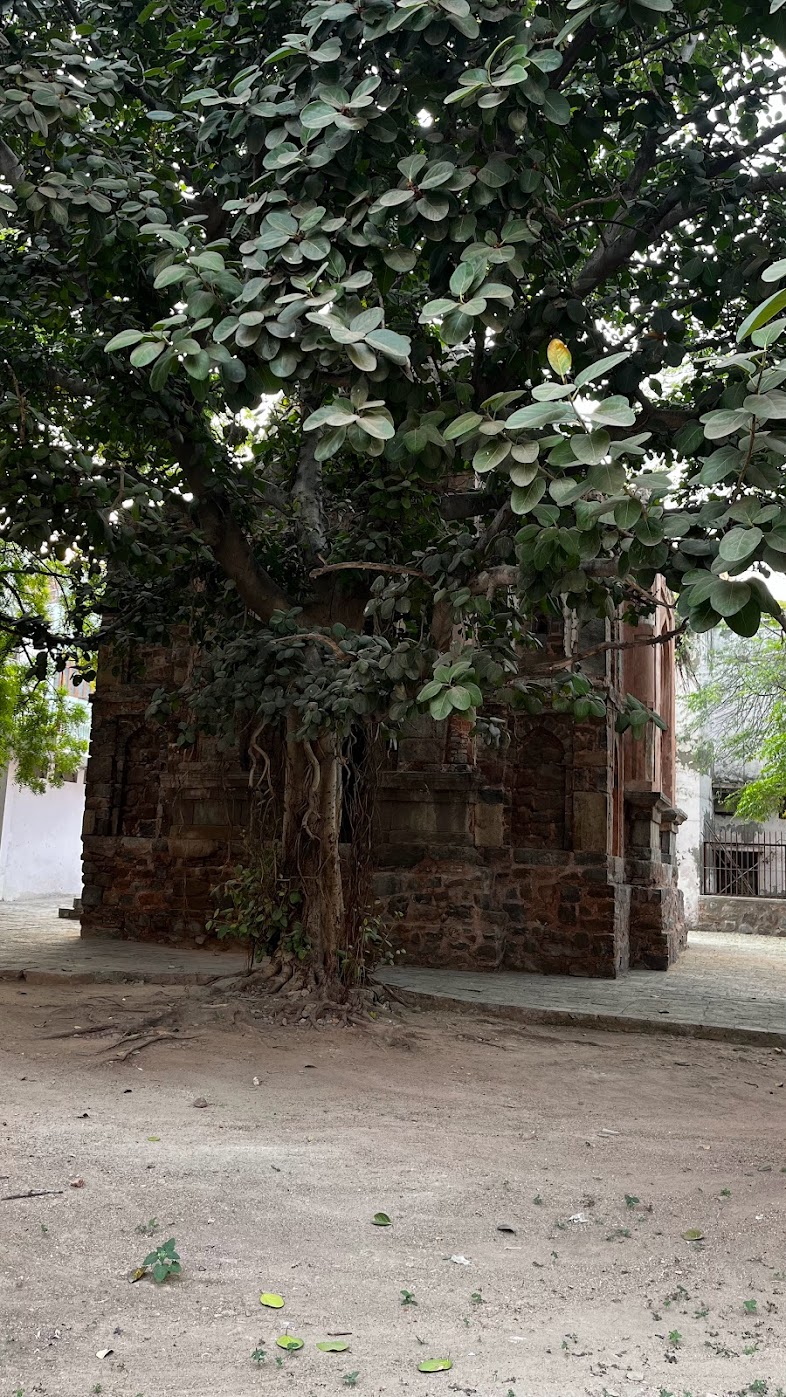
.jpg)
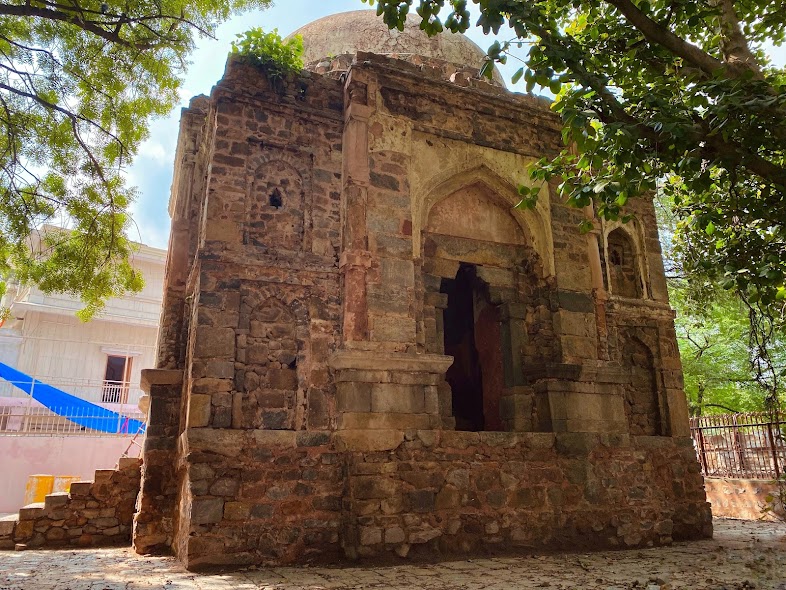
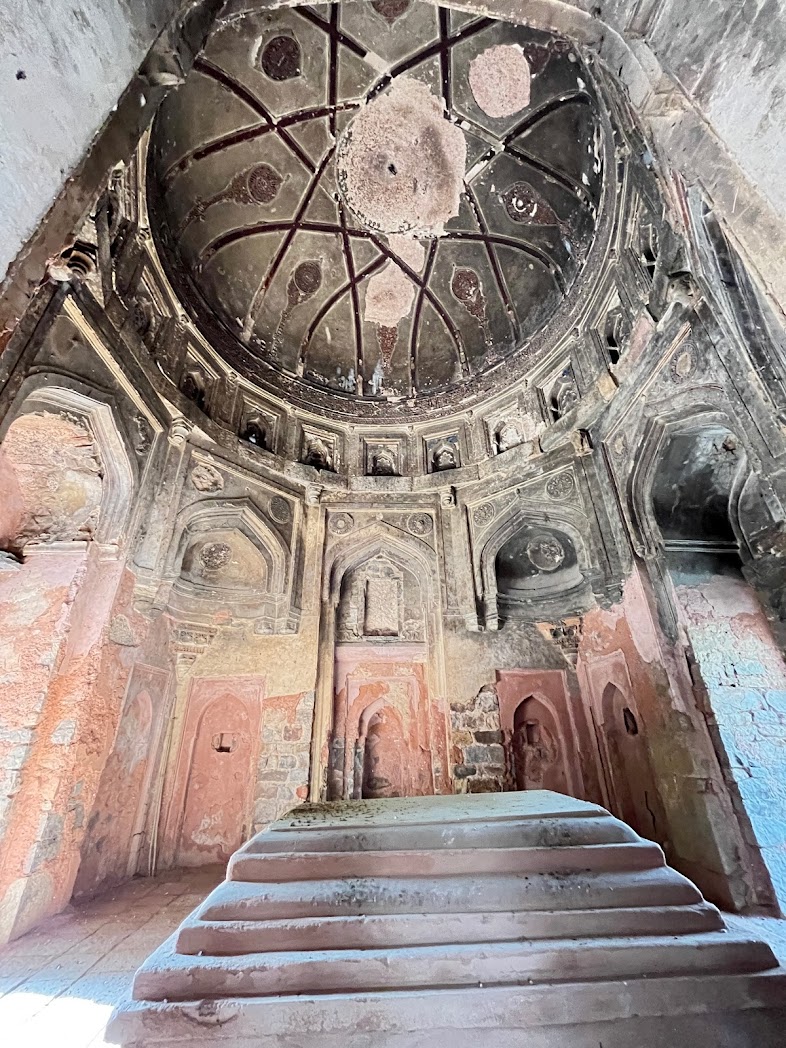
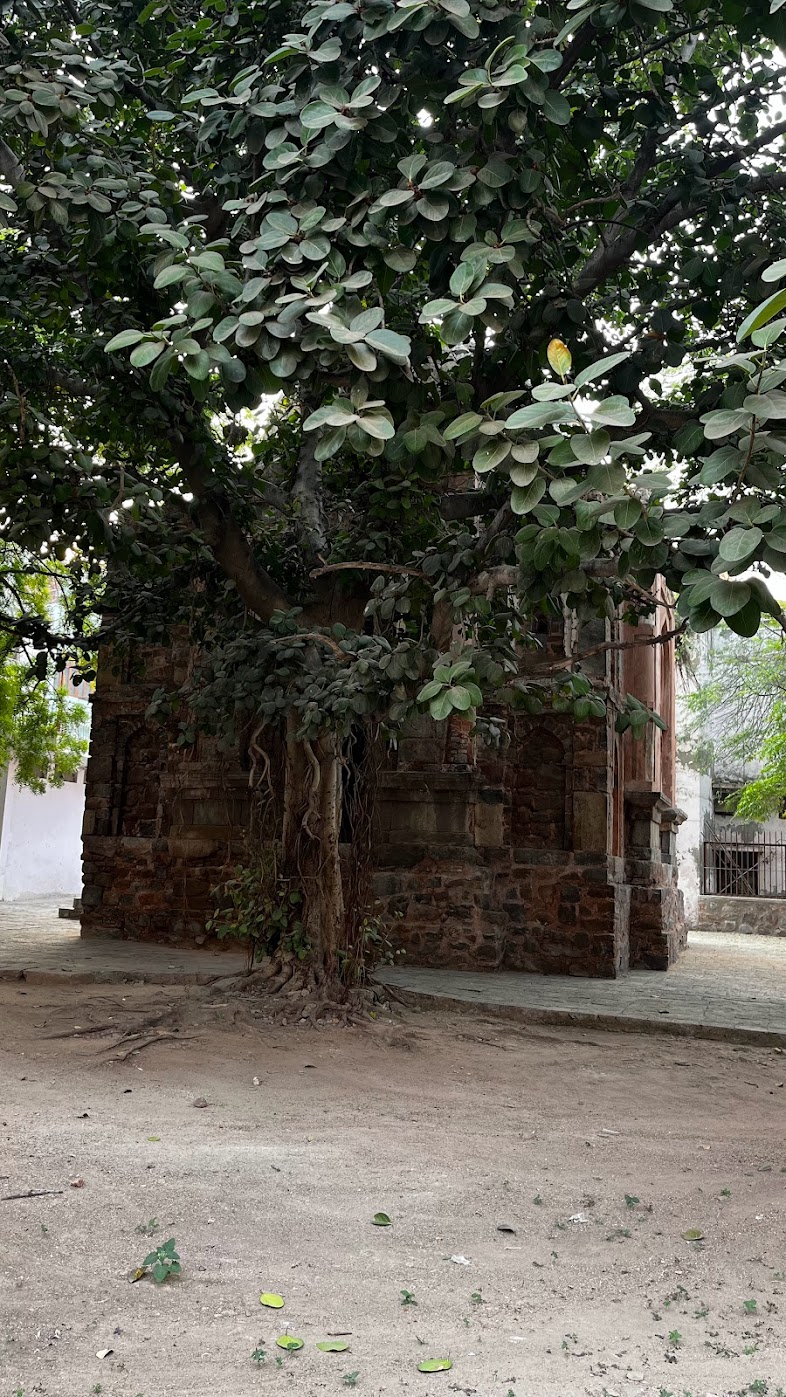
The Bhura Khan Tomb is a lesser-known monument located in the Nizamuddin area of Delhi, which is renowned for its cluster of historical Islamic monuments and shrines. This tomb is believed to be from the late medieval period, possibly dating to the 16th or 17th century, during the Mughal era. Key Features: Architectural Style: Like many tombs of the period, the Bhura Khan Tomb reflects Indo-Islamic architecture with a domed structure and intricate carvings. The design typically features arched entrances and ornamental stucco work. Historical Context: The Nizamuddin area is home to many tombs due to its proximity to the dargah of Hazrat Nizamuddin Auliya, one of the most revered Sufi saints of India. Many noblemen, courtiers, and those seeking spiritual merit chose to be buried near the dargah. Bhura Khan was likely a figure of some standing, though little specific historical information about him is available. Cultural Importance: The tomb stands among other significant sites in Nizamuddin, reflecting the historical importance of the area as a burial ground for prominent figures during the Sultanate and Mughal periods. Condition: As with many lesser-known historical structures in India, the Bhura Khan Tomb may have suffered neglect and could be in a dilapidated state. Preservation efforts in the Nizamuddin area have focused on more prominent monuments, leaving smaller structures like this at risk.